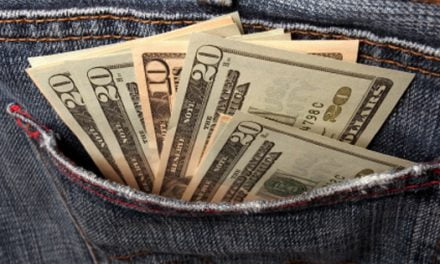In an effort to bottom out the plummeting economy during the second half of 2009, the Federal Reserve announced it will buy $750 billion mortgage-backed bonds issued by Fannie Mae and Freddie Mac and $300 billion long-term treasuries, thereby lowering interest rates on mortgages.
The yield on a 10-year Treasury Note, the standard for setting mortgage rates by adding a 1.5% spread, decreased by approximately half a percentage point, and the average commitment rate on a 30-year fixed rate loan similarly decreased to 4.89%, down from 4.69% the prior week, as would be expected.
first tuesday take: Initially, any reduction in mortgage rates would entice existing homeowners (with an equity in their property) who would like to refinance, and investors looking for single family residence (SFR) rental income properties. Eventually, if mortgage rates stay down for six to twelve months, the number of buyers looking to purchase properties for use as their principal residences will swell.
However, it is the growing quantity of negative equities which exist in California that goes unaddressed as all this federal money-pumping feeds mortgage lenders with funds, the only outlet of which is to finance the sale of REO properties. Cramdown dialogue between Congress and lenders which grants bankruptcy judges the authority to modify loan terms is absolutely imperative to any discussion about stopping the constant decline in homeownership expectations in California.
If cramdown legislation does not occur, then short sales must become stylish for Californian lenders on negative equity homes before buyers will entertain the possibility of buying any one of them – and hundreds of thousands of negative equity homes want to be sold but cannot until lenders get stylish.
Re: “Federal Reserve moves to bring down interest rates on mortgages, consumer loans” from the Los Angeles Times













